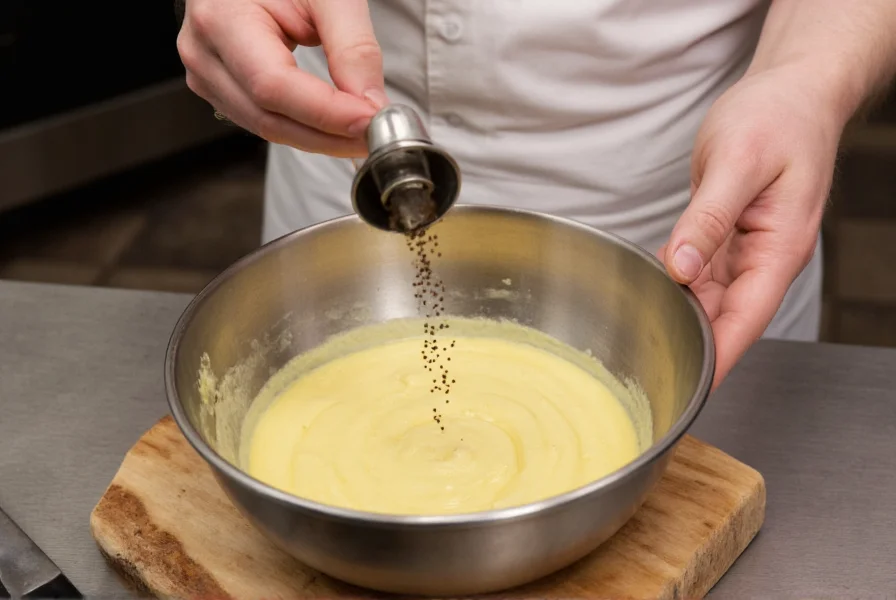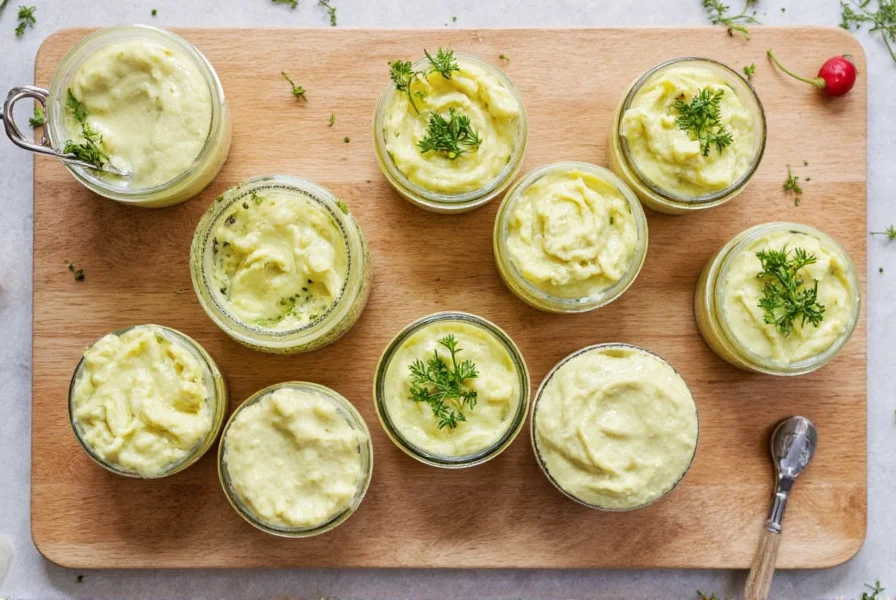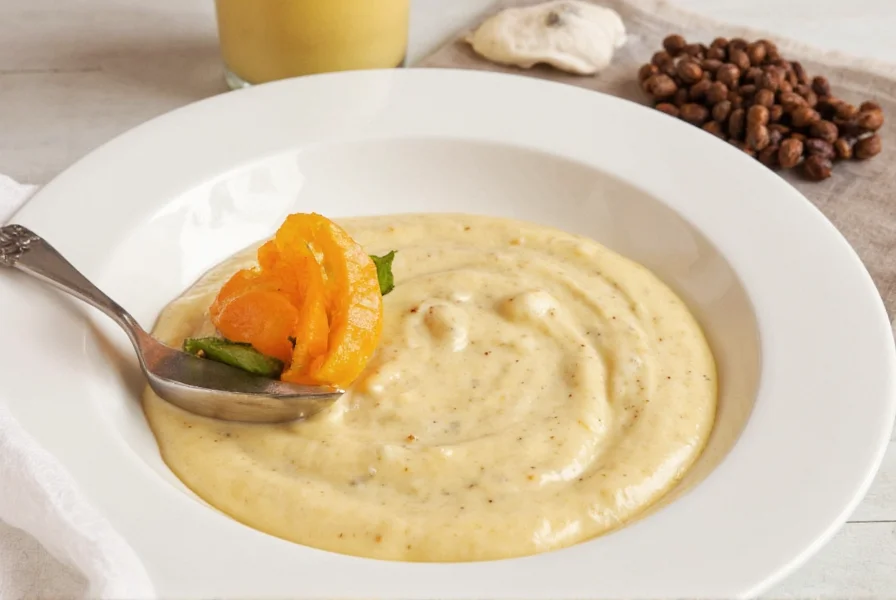Mayo and pepper represent one of the simplest yet most transformative flavor combinations in culinary arts. This dynamic duo works because the creamy, fatty texture of mayonnaise provides the perfect medium for pepper's pungent compounds to distribute evenly, creating a balanced flavor experience that enhances rather than overwhelms.
The Science Behind Mayo and Pepper Synergy
Understanding why mayo and pepper work so well together requires examining their chemical properties. Mayonnaise, primarily composed of oil and egg yolks, creates an emulsion that effectively carries fat-soluble flavor compounds. Pepper's active component, piperine, dissolves readily in these fats, allowing for even distribution of heat and flavor throughout the mixture.
Unlike water-based sauces where pepper can settle or create uneven heat pockets, mayonnaise ensures consistent flavor delivery. The acidity from the vinegar or lemon juice in quality mayonnaise also helps preserve the volatile aromatic compounds in freshly ground pepper, maintaining its complex flavor profile longer than when used alone.
Optimal Pepper Varieties for Mayo Blending
Not all peppers perform equally well when combined with mayonnaise. Consider these options for different culinary applications:
| Pepper Type | Best For | Recommended Ratio (per cup mayo) |
|---|---|---|
| Freshly ground black pepper | Classic sandwiches, burgers, roast beef | 1/4-1/2 tsp |
| White pepper | Creamy sauces, light-colored dishes | 1/8-1/4 tsp |
| Cayenne pepper | Spicy aioli, remoulade | 1/16-1/8 tsp |
| Smoked paprika | BBQ sauces, deviled eggs | 1/4-1/2 tsp |
Professional Techniques for Perfect Pepper Mayo
Chefs achieve restaurant-quality results with pepper mayo through specific preparation methods:
Timing matters: Add freshly ground pepper to mayonnaise at least 30 minutes before serving. This allows the piperine to fully integrate with the fat molecules, creating a more harmonious flavor profile. For best results, prepare pepper mayo the day before use.
Temperature control: Always mix pepper into room-temperature mayonnaise. Cold mayo causes pepper particles to clump rather than distribute evenly. Remove mayonnaise from refrigeration 20 minutes before preparation.
Grinding technique: Use a burr grinder rather than a blade grinder for pepper. Burr grinders produce more consistent particle size, preventing bitter over-extraction while ensuring even heat distribution.

Signature Applications for Pepper-Enhanced Mayo
Professional kitchens leverage this simple combination in numerous ways:
Classic Steak Sandwich Spread
Mix 1 cup mayonnaise with 1/2 teaspoon freshly ground black pepper, 1 minced garlic clove, and 1 tablespoon finely chopped parsley. This spread prevents the bread from becoming soggy while enhancing the meat's natural flavors.
Restaurant-Style Burger Sauce
Combine 1 cup mayonnaise with 1/4 teaspoon white pepper, 2 tablespoons ketchup, 1 tablespoon relish, and 1 teaspoon Worcestershire sauce. The white pepper provides consistent heat without visible specks, creating that signature diner-style burger sauce.
Seafood Cocktail Sauce Upgrade
Transform basic cocktail sauce by replacing some of the ketchup with pepper-infused mayonnaise. The creaminess balances the acidity while the pepper complements shellfish flavors without overpowering them.
Avoiding Common Pepper Mayo Mistakes
Even this simple combination has pitfalls that can ruin your dish:
- Pre-ground pepper issues: Pre-ground pepper loses volatile compounds quickly. Always grind pepper fresh for mayo applications.
- Over-seasoning: Pepper's heat intensifies over time. Start with less than you think you need and allow time for flavors to meld.
- Acidity imbalance: Adding acidic ingredients like lemon juice after pepper can cause the emulsion to break. Mix acids with pepper first, then gradually incorporate into mayo.
- Storage problems: Pepper mayo keeps for 5-7 days refrigerated. Extended storage causes pepper flavors to become harsh and bitter.
Advanced Flavor Variations
Elevate your basic pepper mayo with these professional variations:
Lemon-Pepper Mayo: Combine 1 cup mayo, 1/4 teaspoon black pepper, and 2 tablespoons fresh lemon zest. The citrus oils interact with pepper compounds to create a brighter, more complex flavor profile.
Smoked Pepper Aioli: Blend 1 cup mayo with 1/4 teaspoon smoked black pepper and 1 minced garlic clove. The smoke compounds complement pepper's natural earthiness.
Truffle-Infused Pepper Mayo: Mix 1 cup mayo with 1/8 teaspoon white pepper and 1/2 teaspoon truffle oil. The earthy truffle notes enhance pepper's natural complexity without competing flavors.

Storage and Shelf Life Guidelines
Proper storage maintains both safety and flavor quality:
- Store pepper mayo in an airtight container
- Keep refrigerated below 40°F (4°C)
- Use within 5-7 days for optimal flavor
- Discard if separation becomes permanent or odor changes
Unlike plain mayonnaise, pepper-infused versions have a shorter shelf life because the pepper introduces additional compounds that can accelerate flavor degradation. The enzymatic activity in freshly ground pepper continues even after mixing with mayo, gradually altering the flavor profile over time.
Conclusion
The marriage of mayo and pepper represents culinary simplicity at its finest. By understanding the science behind this pairing and applying professional techniques, home cooks can elevate everyday dishes with minimal effort. Whether crafting the perfect sandwich spread or developing signature sauces, this versatile combination offers endless possibilities for flavor enhancement while maintaining approachable preparation methods.











 浙公网安备
33010002000092号
浙公网安备
33010002000092号 浙B2-20120091-4
浙B2-20120091-4